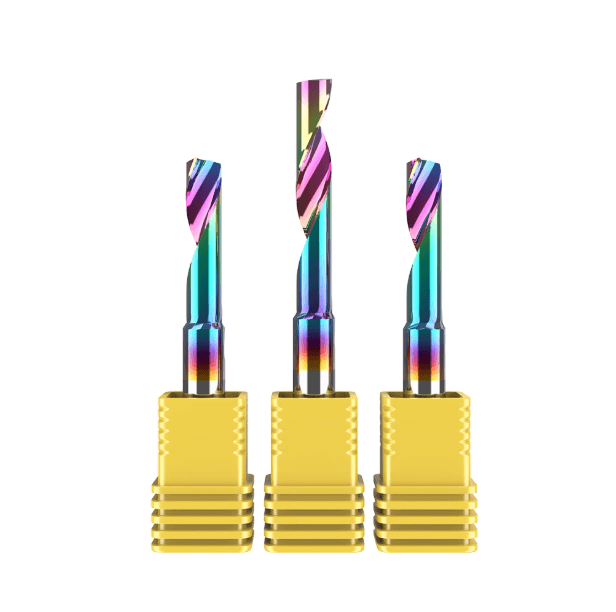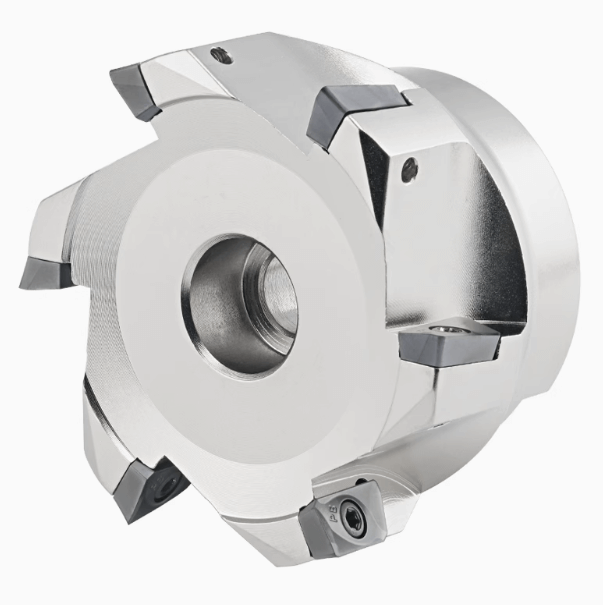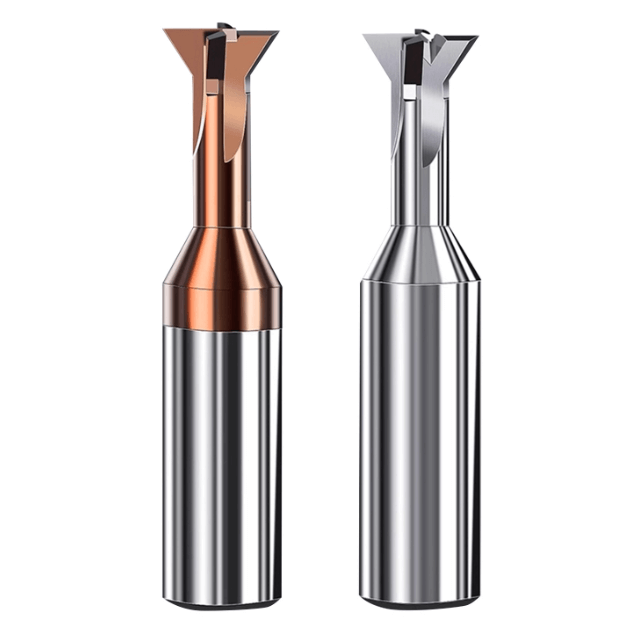CNC Milling Cutting Tools for Hardened Steel: Selection and Best Practices
Machining hardened steel is one of the most challenging processes in CNC milling, placing high demands on tool materials, coatings, and cutting parameters. Choosing the right CNC milling cutting tools for hardened steel not only impacts tool life but also directly affects machining efficiency and surface quality. In industries such as mold manufacturing, automotive, and […]
CNC Milling Cutting Tools for Hardened Steel: Selection and Best Practices Read More »










